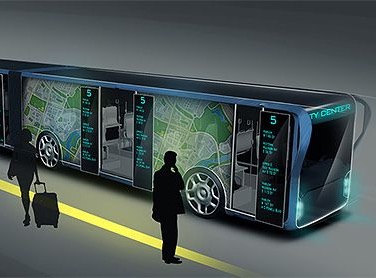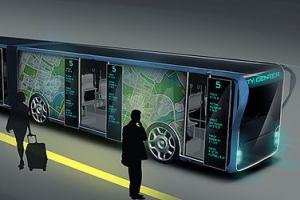Advanced Traveler Information System

ATIS for arterials provides information on arterial conditions (e.g., travel speeds, travel time, incidents) to motorists through such media as websites, radio, television, or personal devices. This limited dissemination is in part due to the lack of surveillance on arterial streets. Another challenge is the absence of a commonly understood method of describing conditions on arterial streets. For example, delays caused by traffic signals complicate travel time computations. The advent of new technologies, such as cell phones as probes, increases the likelihood that arterial information will make its way into traveler information systems.
Objectives
- Manage Travel Demand and
- Reduce traveler frustration/anxiety
- Increases perceived level of service
- Increases “serenity factor” – reduces Road Rage
- Improve traveler decision making
- Results in more efficient travel
- Creates awareness of alternatives
Advantages:
- Improved Safety
- Energy savings
- Time savings
- Good public acceptance
Manage Travel Demand
Reduce (peak) demand
- Reallocating demand to alternative routes
- Reallocating demand to alternative modes
- Reallocating demand to alternative time of day
- Eliminating discretionary trips during times of bad congestion or high delay
Reduce Frustration
- Knowing the size / length / duration of backups reduces travel stress
- Allows action to be taken, or
- Confirms that no action can/needs to be taken
- Improve Traveler Decision Making
- With good information, travelers can:
- Make timely decisions
- Choose correctly (for themselves and their trip) on
- Routing
- Time of departure
- Mode
- To not make the trip or to alter their trip destination
- Can select less congested time / route / destination
- IF that alternative is less distasteful than the original trip
- Provides a sense of “self-control” to traveler
- The decisions actually made are not necessarily the ones that facility operators want
- Cut through traffic
- Congestion forms on other routes
- System optimization versus user optimization
- Many travelers are reluctant to change
Summary of Traffic Findings
- Context may matter most for traffic ATIS
- Higher congestion, longer congestion delay, limited alternatives
- Next in line is ATIS service quality
- Few will use low quality information, other than the radio, regardless of context
- In high congestion regions, users consult traffic information strategically; in low congestion regions, they use it tactically.
- Weather is a traffic incident that stimulates ATIS use in all contexts
- Drivers with greater time and route flexibility use ATIS more frequently
- Different people prefer different access media
- ATIS customers feel they save time and reduce stress
Summary of Transit Findings
- ATIS transit customers want information that
- reduces the uncertainty associated with transit trips
- increases their control over time and travel decisions
- Transit information should be
- conveniently located relative to trip decisions
- easy to access and use
- up-to-date
- more user friendly and multidimensional on the web
- The greatest benefit of transit ATIS may be for those who would otherwise switch to SOV, thus aiding in rider retention










